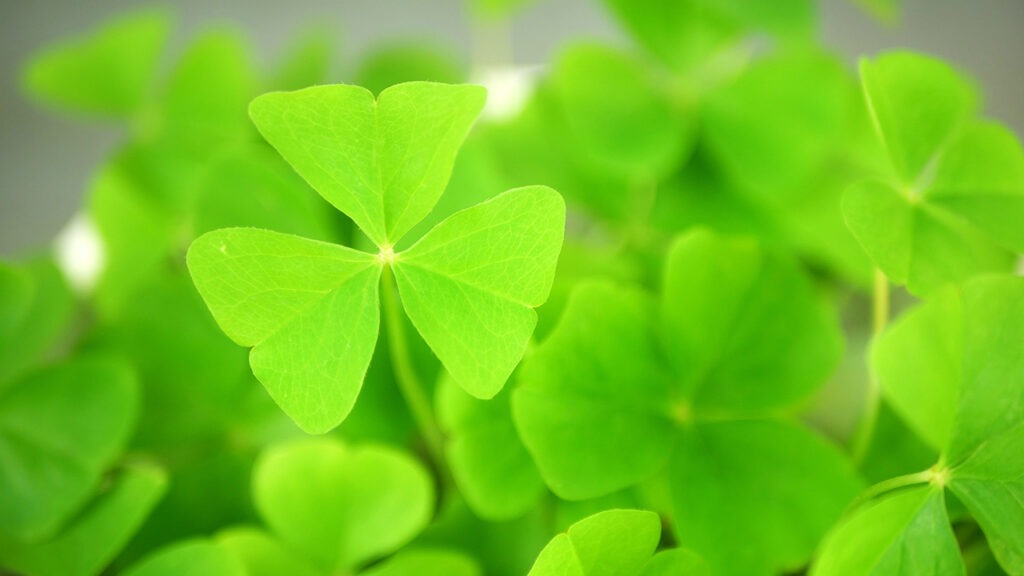
As St. Patrick is Ireland's patron saint, the shamrock has been used as a symbol of Ireland since the 18th century, in a similar way to how a rose is used for England, a thistle for Scotland and a daffodil for Wales.
The shamrock first began to evolve from a symbol purely associated with St. Patrick to an Irish national symbol when it was taken up as an emblem by rival militias during the turbulent politics of the late eighteenth century. On one side were the Volunteers (also known as the Irish Volunteers), who were local militias in late 18th century Ireland, raised to defend Ireland from the threat of French and Spanish invasion when regular British soldiers were withdrawn from Ireland to fight during the American Revolutionary War. Throughout the nineteenth century the popularity of the shamrock as a symbol of Ireland grew, and it was depicted in many illustrations on items such as book covers and St. Patrick’s Day postcards. It was also mentioned in many songs and ballads of the time. An example of such a ballad appears in the works of Thomas Moore whose Oh the Shamrock embodies the Victorian spirit of sentimentality and was immensely popular and contributed to raising the profile of the shamrock as an image of Ireland.
_________________
